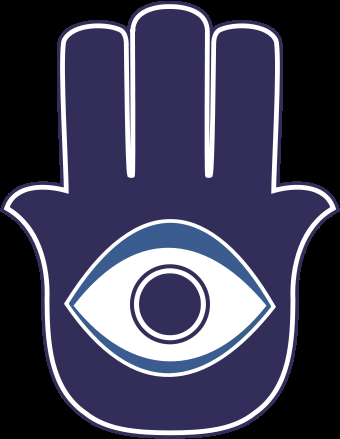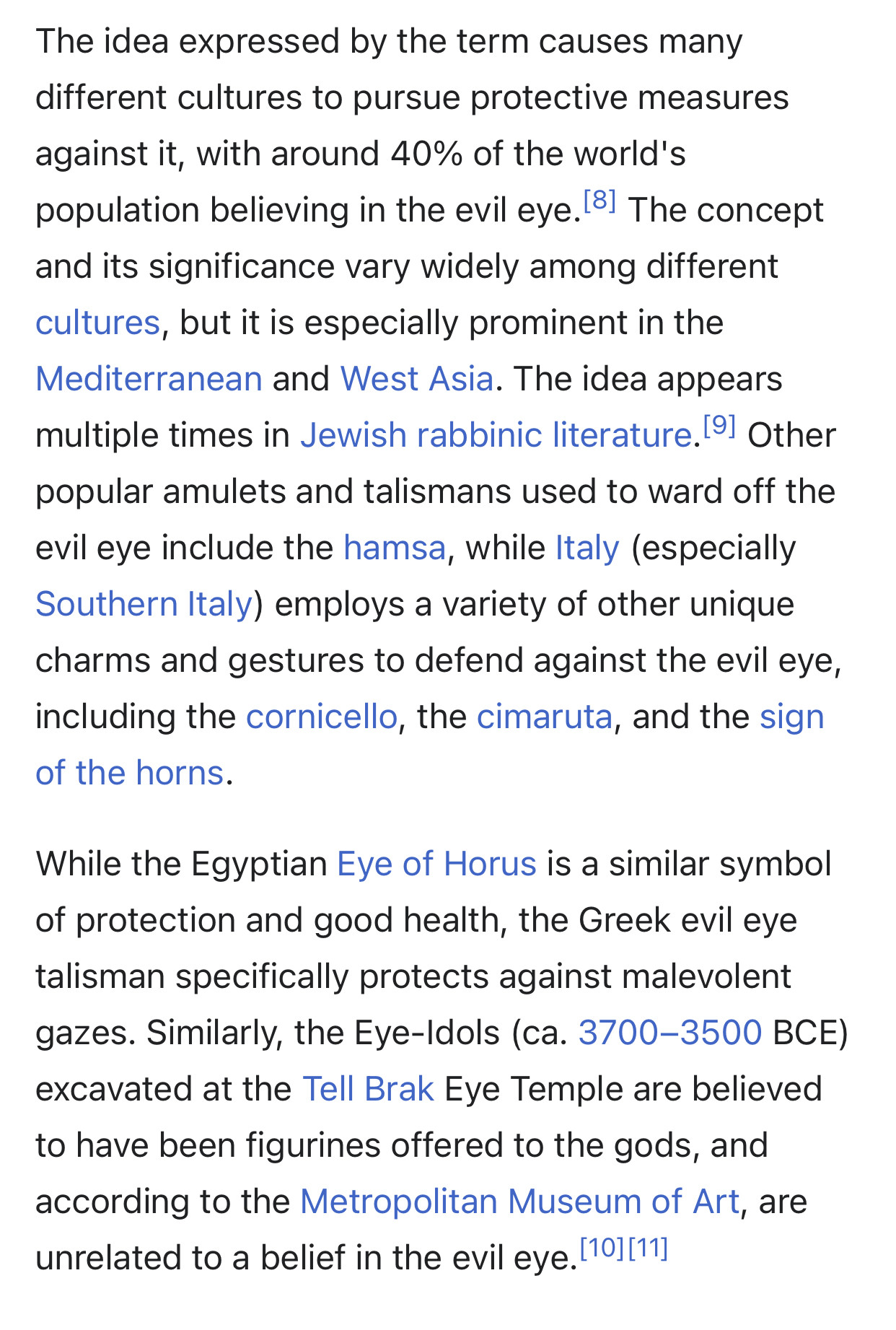This narrative...
optogenetics
/ˌɒptəʊdʒɪˈnɛtɪks/
BIOLOGY
a technique in neuroscience in which genes for light-sensitive proteins are introduced into specific types of brain cells in order to monitor and control their activity precisely using light signals.
"optogenetics allows researchers to control how nerve cells communicate"
Reminds me also to Fresnell, the foraminifera species with vacuoles filled with alga / plankton and the propagation of the light towards the internal chambers with the alga trough all their tiny holes and the glinstering wall wands of those chambers. Thats a really funny subject.>
https://en.wikipedia.org/wiki/Augustin-Jean_Fresnel
https://en.wikipedia.org/wiki/Foraminifera
https://en.wikipedia.org/wiki/Opal
https://en.wikipedia.org/wiki/Hyalite
The evil eye (Greek: Mάτι, meaning "eye", Hebrew: עַיִן הָרָע, Arabic: نظر) is a superstitious curse or legend,[1] believed to be cast by a malevolent glare, usually given to a person when one is unaware. It dates back at least to Greek classical antiquity, 6th century BCE where it appeared on Chalcidian drinking vessels, known as 'eye cups',[2] as a type of apotropaic magic.
[3] Many cultures believe that receiving the evil eye will cause misfortune or injury,[4] while others believe it to be a kind of supernatural force that casts or reflects a malevolent gaze back-upon those who wish harm upon others (especially innocents). Talismans or amulets created to protect against the evil eye are also frequently called "evil eyes".[5][failed verification] [6][failed verification] Older iterations of the symbol were often made of ceramic or clay, however, following the production of glass beads in the Mediterranean region in approximately 1500 BCE, evil eye beads were popularised with the Phoenicians, Greeks, Romans and Ottomans.[7] Blue was likely used as it was relatively easy to create, however, modern evil eyes can be a range of colors.


